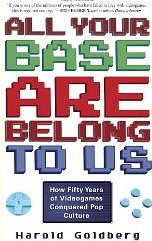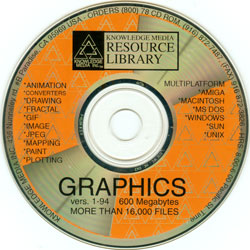Remember the Diamond Rio PMP300? It’s credited with being the very first portable MP3 player, released all the way back in 1998 (I say ‘credited’ because I visited an audio museum once which exhibited a Toshiba MP3 player from 1997). I recently rescued a pristine set of Rio artifacts from a recycle pile.
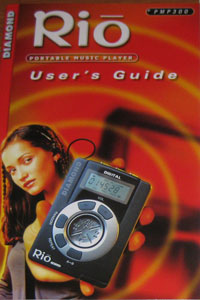
I wondered if I should scan the manual for posterity. However, a Google search indicates that a proper PDF (loaded with pleas to not illegally copy music) isn’t very difficult to come by. Here are the other items that came with the unit:
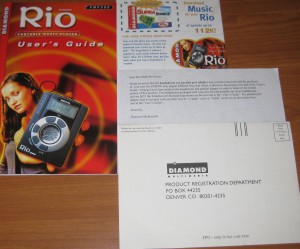
Click for larger image
Ah, more memories (of dialup internet): A tie-in with another Diamond product, this time a modem which claims to enable the user to download songs at up to 112 kilobits per second. I wonder if that was really possible. I remember that 56k modems were a stretch and 33.6k was the best that most users could hope for.
There is also a separate piece of paper that advises the buyer that the parallel port adapter might look a bit different than what is seen in the printed copy. Imagine the age of downloading to your MP3 player via parallel port while pulling down new songs via dialup internet.
The artifacts also included not one, but two CD-ROMs:
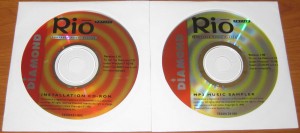
Click for larger image
One is a driver and software disc, so no big surprise there. The other has a selection of MP3 files for your shiny new MP3 player. I’m wondering if these should be proactively preserved. I was going to process the files’ metadata and publish it here, for the benefit of search engines. However, while metadata is present, the files don’t conform to any metadata format that FFmpeg/Libav recognize. The files mention Brava Software Inc. in their metadata sections. Still, individual filenames at the end of this post.
Leftovers:
A few other miscellaneous multimedia acquisitions:
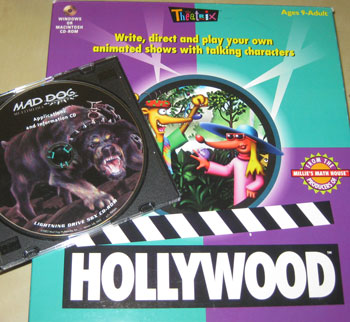
I still want to study all of these old multimedia creation programs in depth some day. Theatrix Hollywood is a creative writing game, Wikipedia alleges (I’m a bit rigid with my exact definition of what constitutes a game). Here is an example movie output from this software. Meanwhile, the Mad Dog Multimedia CD-ROM apparently came packaged with a 56X CD-ROM drive (roughly the pinnacle of CD-ROM speeds). I found it has some version of Sonic Foundry’s ACID software, thus making good on the “applications” claim on the CD-ROM copy.
Diamond Rio MP3 Sampler
These are the names of the MP3 files found on the Diamond Rio MP3 sampler for the benefit of search engines.
